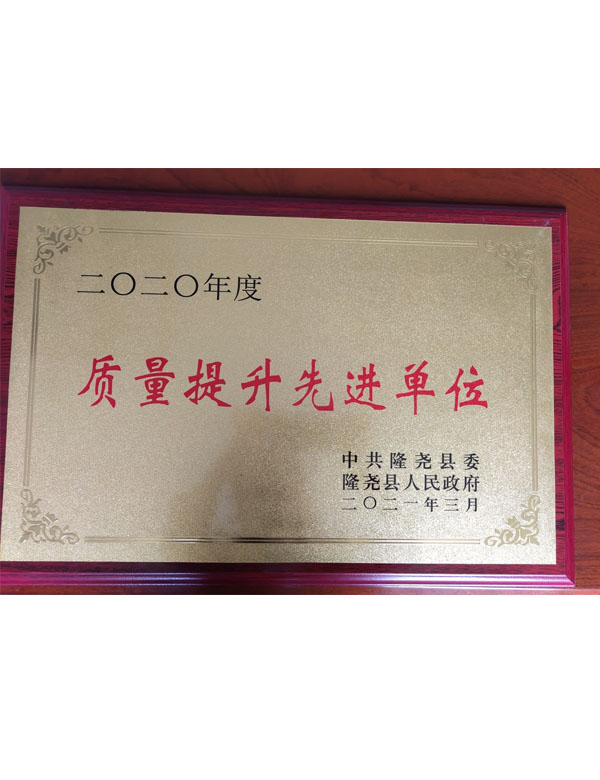Exploring Various Applications and Benefits of Cationic Polyacrylamide in Different Industries
The Versatile Uses of Cationic Polyacrylamide
Cationic polyacrylamide (CPAM) is a specialized synthetic polymer that has found extensive applications across various industries due to its unique properties. As a water-soluble polymer with a cationic charge, CPAM is particularly effective in flocculating, sedimentation, and dewatering processes. This article explores the diverse uses of cationic polyacrylamide, highlighting its benefits and roles in different sectors.
1. Water Treatment
One of the most significant applications of cationic polyacrylamide is in water treatment processes. It is extensively used in municipal and industrial wastewater treatment plants. The positive charge of CPAM helps neutralize the negative charges of suspended particles in water, promoting aggregation or flocculation. This process leads to the formation of larger flocs that can easily be removed through sedimentation or filtration. The use of CPAM improves the efficiency of water clarification, reduces sludge volume, and enhances overall water quality.
2. Paper Industry
In the paper industry, cationic polyacrylamide is utilized as a retention aid and a drainage aid. Its ability to bind to fibers and fillers enhances the retention of these materials during the paper-making process, which improves product yield and reduces waste. Furthermore, the use of CPAM aids in the faster drainage of water from the pulp, increasing production efficiency. Overall, CPAM contributes to higher-quality paper products while minimizing environmental impact through reduced chemical usage.
3. Oil Recovery
Cationic polyacrylamide also plays a critical role in the oil and gas industry, particularly in enhanced oil recovery (EOR) processes. By increasing the viscosity of water injected into oil reservoirs, CPAM improves the displacement efficiency of oil. The polymer helps maintain a stable and effective water-oil interface, enabling more oil to be extracted from the reservoir. This application is particularly important in mature oil fields where conventional extraction methods become less efficient.
cationic polyacrylamide uses

4. Agriculture and Soil Management
In agriculture, cationic polyacrylamide is gaining popularity as a soil conditioner. It improves soil structure by promoting aggregation, which enhances moisture retention and reduces erosion. The use of CPAM in irrigation practices leads to better water infiltration and reduced runoff, ensuring that crops receive adequate moisture. Additionally, CPAM can aid in the removal of contaminants from agricultural runoff, contributing to sustainable farming practices.
5. Construction and Civil Engineering
Cationic polyacrylamide finds applications in construction and civil engineering as well. It is used in the formulation of concrete and other building materials to improve workability and reduce water content. The polymer enhances the mechanical properties of concrete, such as strength and durability, while also reducing permeability. Furthermore, CPAM can be employed in soil stabilization projects, where it helps bind soil particles together, improving load-bearing capacities and reducing the risk of erosion.
6. Cosmetic and Personal Care Products
Lastly, cationic polyacrylamide is utilized in the cosmetic and personal care industry. Its conditioning properties and ability to form films make it an excellent ingredient in hair and skin care formulations. CPAM is commonly found in shampoos, conditioners, and lotions, where it enhances texture and provides a smooth application. The polymer’s safety profile and effectiveness in formulating aesthetically pleasing products have made it a popular choice among manufacturers.
Conclusion
Cationic polyacrylamide stands as a versatile polymer with a robust profile of applications spanning various industries—from water treatment and paper production to oil recovery and agriculture. Its unique properties continue to foster innovation, enabling more efficient and sustainable practices across sectors. As research progresses and new applications emerge, CPAM’s significance in industrial and environmental contexts is likely to grow, reaffirming its status as an indispensable material in modern processes.
-
Understanding Polycarboxylic Acids: Properties, Applications, and Future PotentialNewsJul.28,2025
-
Scale Inhibitor Explained: How to Protect Your System from Limescale and Hard Water DamageNewsJul.28,2025
-
Scale and Corrosion Inhibitors: Essential Chemicals for Industrial Water System ProtectionNewsJul.28,2025
-
Polyaspartic Acid: A Biodegradable Polymer for Sustainable ChemistryNewsJul.28,2025
-
Isothiazolinones: A Versatile Antimicrobial Class with Industrial Power and Regulatory ChallengesNewsJul.28,2025
-
A Deep Dive into 2-Phosphonobutane-1,2,4-Tricarboxylic Acid (PBTC)NewsJul.28,2025





